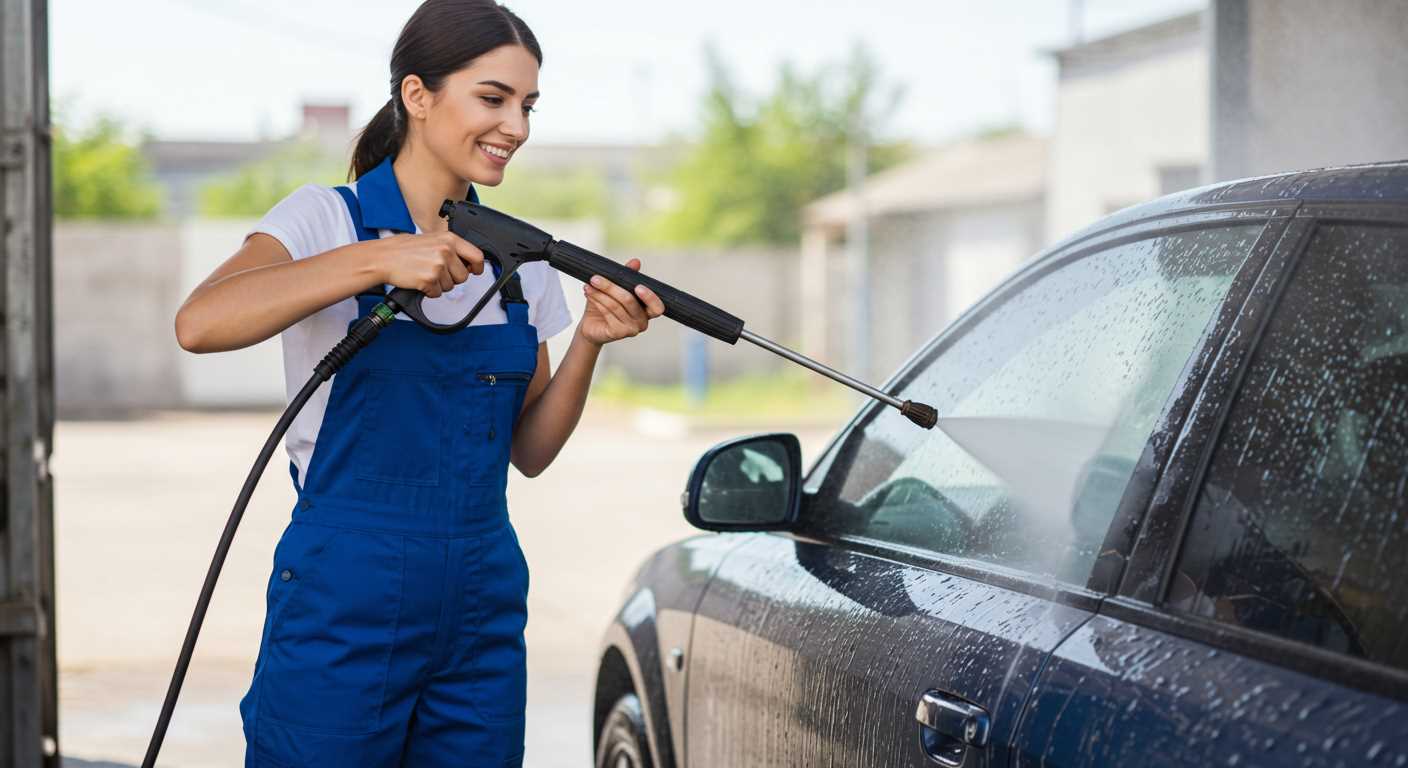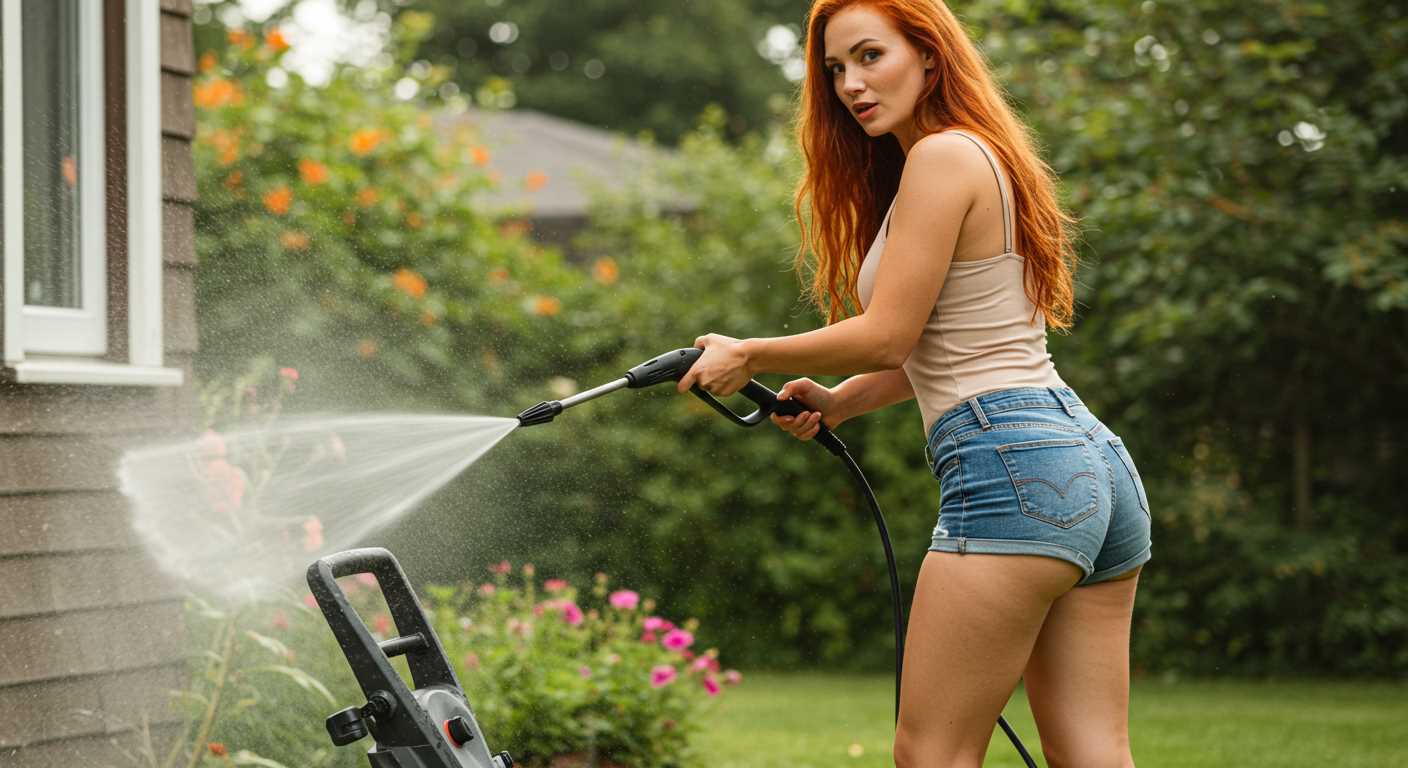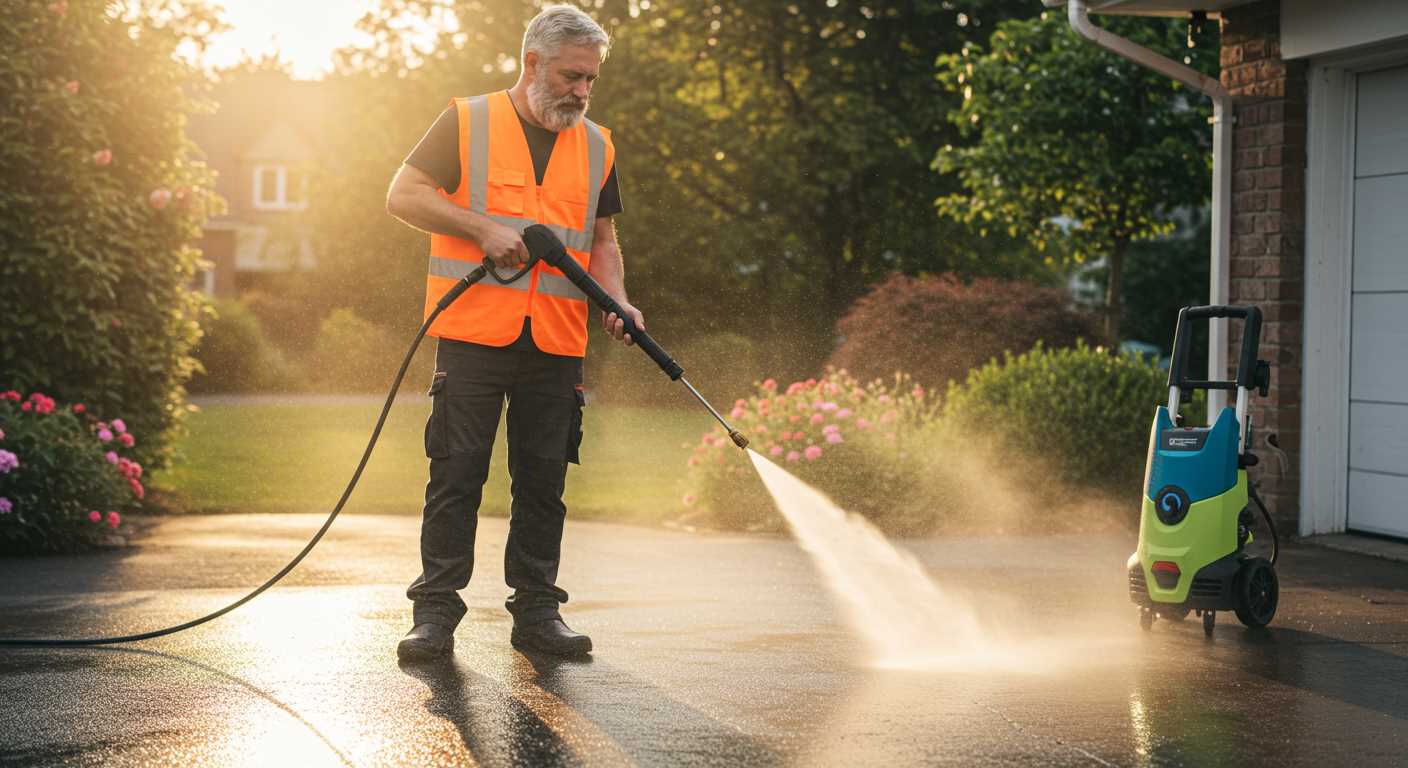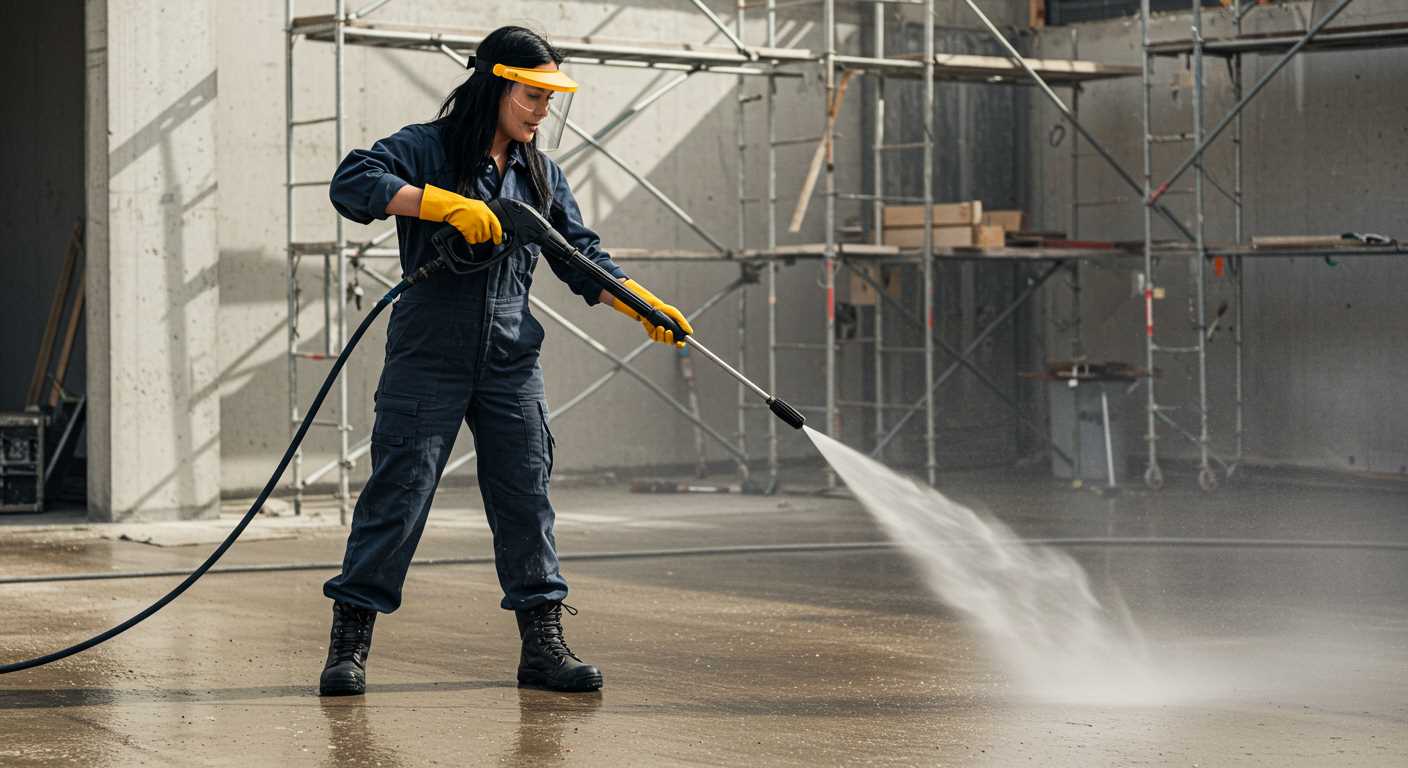



Begin by ensuring both components are securely held in your hand. A simple yet efficient method is to align the connector of the wand with the opening of the water line adapter at a slight angle. This angle helps in guiding the connection and preventing any damage to the fittings.
Once the pieces are aligned, apply a firm yet controlled pressure to push the connector into the adapter. You should hear a noticeable click, indicating a snug fit. It’s crucial to check for any wobble; if there’s movement, the connection hasn’t been made properly. A good rule is to twist the wand slightly while pushing, as this often eases the process.
After securing the connection, ensure to inspect for leaks. Turn on the water flow and observe closely around the joint. Any unexpected drips or flow means rechecking the fit. If necessary, disconnect and reconnect to ensure a secure seal. This attention to detail will save time and effort during your cleaning tasks.
Identify the correct nozzle type for your pressure cleaning equipment
Choosing the right tip is crucial for achieving the desired cleaning results and preventing damage to surfaces. For most tasks, you encounter a range of tip sizes measured in degrees, commonly available in zero, fifteen, twenty-five, and forty-degree angles. Each angle suits different applications, so understanding their purposes helps select appropriately.
Zero-Degree Tips
Ideal for concentrated jet streams, the zero-degree tip is perfect for tough stains on hard surfaces, such as concrete. The narrow spray pattern allows you to focus the pressure where it’s needed most. However, extreme caution is necessary, as this tip can damage softer materials like wood or paint.
Fifteen to Forty-Degree Tips

The fifteen-degree tip is designed for stripping paint or cleaning heavily soiled surfaces, while the twenty-five-degree variant works well for general cleaning tasks, like patios and driveways. The forty-degree tip produces a fan spray, suitable for rinsing cars or delicate surfaces. Remember to assess the surface material before selecting a tip to avoid any potential issues.
Check Compatibility Between Hose and Nozzle Connection
Before proceeding with any assembly, ensuring that the connections between the line and the spray tip match is paramount. Mismatches can lead to leaks or performance issues during operation. Here’s a straightforward approach to verify compatibility:
- Thread Type: Measure the outer diameter of the fitting. Common sizes include ¼ inch and ⅜ inch. Ensure they align with the specifications of both components.
- Connection Style: Familiarise yourself with the connection types. For instance, if one end uses a quick-connect design, confirm that the mating end is also of the quick-connect variety.
- Material Compatibility: Use fittings made from compatible materials, such as brass or stainless steel, to prevent corrosion or damage over time.
- Check Manufacturer Guidelines: Always refer to the user manuals or product specifications provided by manufacturers. They often specify compatible accessories and dimensions.
Once compatibility is confirmed, the installation process can proceed smoothly, ensuring optimal cleaning results. Periodically testing the connections can prevent issues during routine tasks and extend the lifespan of your equipment.
Gather necessary tools for installation

For a seamless connection between the cleaning tool and the water supply line, ensure you have the following equipment ready: a compatible wrench, which may be adjustable, to help secure the fittings tightly; a pair of pliers for any adjustments or if extra grip is needed; and a silicone lubricant for enhancing the sealing of threaded connections and preventing leaks.
Checklist of tools

1. Adjustable wrench – for tightening fittings securely.
2. Pliers – for additional grip on stubborn connections.
3. Silicone lubricant – to aid with smooth installation and waterproofing threaded areas.
4. Clean cloth – for wiping any residual moisture or debris before assembly.
Optional tools
Consider having a socket set, which may provide more leverage for tight fittings, and a bucket to manage any excess water that may spill during the process. A small utility knife may also be helpful for trimming any worn or frayed elements of the hose before installation.
Clean connection points on hose and nozzle
Before securing the components together, ensure that all connection points are free from debris and contaminants. Use a damp cloth to wipe down the ends of both the flexible line and the attachment, removing any dirt or grime. This simple step prevents wear and tear on seals and threads.
If residue is present, a soft brush or a gentle scrub can help dislodge stubborn particles. For lubricating purposes, a small amount of silicone-based lubricant or petroleum jelly can be applied to the threads. This will facilitate a smooth connection and reduce the risk of damage during installation.
Pay attention to the inside of the attachment point as well. Any obstructions in this area can lead to leaks or low pressure when the device is in use. Always perform a quick visual inspection to confirm cleanliness and proper integrity before proceeding.
Securely connect the attachment to the tubing
To ensure a strong connection, align the fitting of the attachment with the end of the tubing. Apply a gentle yet firm push until you hear or feel a click, indicating that it’s locked in place. This sound assures that the mechanism has engaged properly, minimising the risk of leaks during operation.
Tighten if necessary

If the design allows, use pliers to carefully tighten the connection. Be cautious not to over-tighten, as this can damage the attachment or tubing. A quarter turn usually suffices for a secure fit. If you encounter resistance, reassess the alignment before applying additional force.
Test the fit
Before commencing your cleaning task, it’s prudent to perform a quick test. Turn on the water source without activating any motorised functions. Observe for any leaks around the connection point. If water seeps out, disconnect and check for any debris or misalignment, addressing these issues before proceeding.
Test for leaks after attachment
I always conduct a leak check after securing the adapter. Start by turning on the water supply to the system without activating the motor. Observe the attachment point closely for any signs of leakage.
To perform a thorough examination, follow these steps:
| Step | Action | Notes |
|---|---|---|
| 1 | Visual Inspection | Look for water droplets or streams at the joint. |
| 2 | Firm Connection | Gently wiggle the connection to ensure it’s snug. |
| 3 | Use Tissue Paper | Place a paper towel around the joint. Check for moisture after activation. |
| 4 | Pressurise | Run the unit briefly while monitoring the connection. |
If any leaks are detected, immediately switch off the water supply and check the fitting for tightness or damage. If issues persist, consider replacing seals or gaskets to prevent further complications during use.







